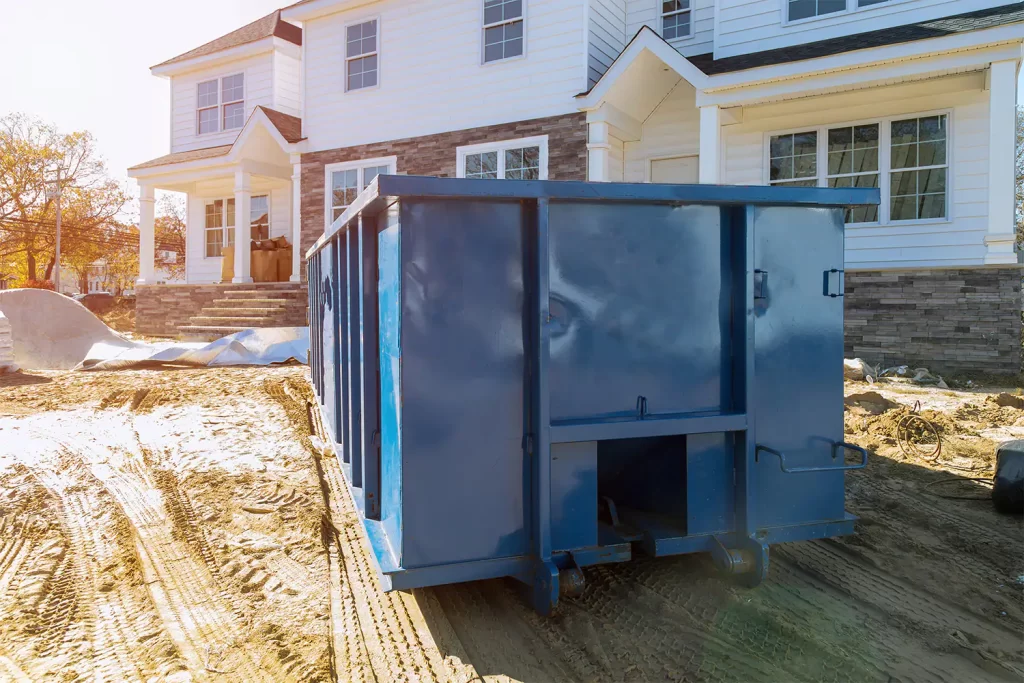The Ultimate Guide to Haul-Away Dumpster Rental: Everything You Need to Know
Whether you’re planning a home renovation, clearing out a garage, or managing a construction site, dealing with the resulting waste can be one of the most stressful parts of the job. That’s where haul-away dumpster rental comes into play. This service offers an efficient, hassle-free way to dispose of large amounts of debris without repeated trips to the local dump or stressing about how to separate different types of waste.
Understanding the basics of dumpster rental can save you time, money, and a lot of effort. Here’s everything you need to know to make your dumpster rental experience smooth and effective.
What Is a Haul-Away Dumpster Rental?
A haul-away dumpster is essentially a large container delivered to your property or job site for a limited period of time. Once it’s filled with waste, the rental company picks it up and takes it away for proper disposal. The term “haul-away” emphasizes the full-service nature of the offering—you fill it, and they haul it.
This type of rental is widely used for residential, commercial, and industrial projects. Whether you’re a homeowner decluttering your attic or a contractor managing a major remodel, these dumpsters offer a convenient way to handle large-scale waste.

How Does the Rental Process Work?
The process is generally straightforward. You start by choosing the right dumpster size based on your project. Most companies offer a range of options, from small 10-yard dumpsters for minor cleanouts to large 40-yard bins for construction or demolition projects.
Once you’ve selected the size, you book a delivery date. The company drops off the dumpster at your location, usually placing it in a driveway or a designated spot on-site. You then fill the dumpster over a few days or weeks, depending on your rental agreement. When you’re done, you contact the company again, and they return to haul it away.
Choosing the Right Size Dumpster
One of the most common mistakes people make is underestimating how much space their debris will take up. It’s better to rent a slightly larger dumpster than to end up needing a second one, which can be more expensive and time-consuming.
For instance, a 10-yard dumpster is ideal for small home cleanouts or garden projects. A 20-yard dumpster works well for medium-scale renovations, like kitchen or bathroom remodels. Larger jobs, such as whole-home renovations or commercial construction, may require 30- or 40-yard dumpsters. If you’re unsure, most rental companies can offer advice based on the details of your project.
What Can You Put in a Dumpster?
While dumpsters are designed to handle a variety of materials, not everything can go in them. In general, they’re suitable for common construction debris, yard waste, old furniture, appliances, and general household junk. However, hazardous materials such as chemicals, asbestos, batteries, tires, and certain electronics are typically not allowed.
Different local regulations may also apply, so it’s essential to clarify with your rental company before loading anything questionable. Violating these rules could result in additional fees or refusal to haul the dumpster.
Rental Costs and Hidden Fees
Dumpster rental prices can vary significantly depending on factors such as location, dumpster size, rental duration, and the type of debris you’re disposing of. Some companies charge a flat fee, while others use variable pricing based on weight or distance.
It’s wise to ask for a full breakdown of costs upfront to avoid any surprises. Additional fees can apply for exceeding the weight limit, extending the rental period, or disposing of prohibited items. To keep costs down, be sure to stick within the agreed limits and discuss any uncertainties ahead of time.
Placement and Permit Considerations
Placing a dumpster on private property like a driveway usually doesn’t require a permit. However, if it needs to be placed on a public street or sidewalk, your city or municipality may require a permit. Rental companies often help customers navigate this process, but it’s ultimately your responsibility to ensure compliance.
You should also ensure that the location is easily accessible for delivery and pickup and that it doesn’t obstruct driveways, traffic, or pedestrian walkways. Planning ahead can prevent headaches on drop-off day.
Benefits of Haul-Away Dumpster Rentals
The biggest advantage of haul-away dumpster rental is the sheer convenience. Instead of making multiple trips to the landfill, you can simply toss everything into one container. It’s also much safer and cleaner, reducing the risk of injuries or property damage associated with loose debris.
Additionally, professional rental companies handle the disposal responsibly, often ensuring recyclable materials are separated and processed appropriately. This makes it an eco-friendly option compared to DIY dumping.